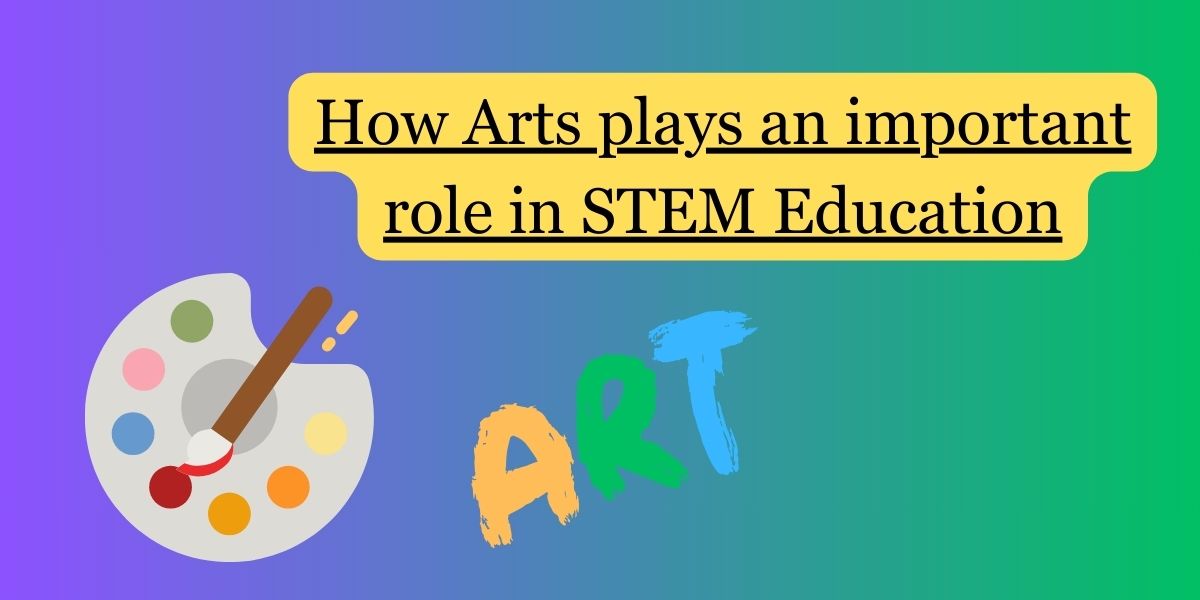Integrating the arts into STEM education can significantly enhance the learning experience and foster a more holistic approach to education. This approach is often referred to as STEAM (Science, Technology, Engineering, Arts, and Mathematics). Here are several ways in which the arts play an important role in STEM education:
- Creativity and Innovation: The arts encourage creative thinking and innovation, qualities that are crucial in STEM fields. By incorporating artistic elements, students can explore new ideas, solutions, and approaches to problem-solving.
- Interdisciplinary Learning: STEAM education promotes interdisciplinary learning by breaking down traditional subject boundaries. Through the arts, students can see connections between STEM disciplines and develop a more comprehensive understanding of real-world problems.
- Engagement and Motivation: Arts-based activities, such as drawing, painting, or performing, can make STEM subjects more engaging and enjoyable. This increased interest can lead to higher levels of motivation and participation among students.
- Communication Skills: The arts emphasize effective communication, an essential skill in STEM fields. Whether through visual arts, writing, or presentation skills, students can learn to convey complex scientific concepts in a clear and compelling manner.
- Critical Thinking: Both STEM and the arts require critical thinking skills. Incorporating artistic activities challenges students to think critically about scientific principles, encouraging a deeper understanding and application of knowledge.
- Hands-On Learning: Artistic projects often involve hands-on, experiential learning. This approach aligns with the principles of STEM education, which values hands-on experiences to reinforce theoretical concepts and enhance understanding.
- Aesthetic Design in Technology: In fields like engineering and technology, aesthetics and design play a crucial role. Integrating arts education helps students appreciate the importance of design in creating functional and visually appealing products.
- Cultural Relevance: Including the arts in STEM education allows for a more culturally relevant and inclusive approach. Students from diverse backgrounds may find the arts a familiar and accessible entry point into STEM subjects.
- Teamwork and Collaboration: Arts-based projects often involve collaboration and teamwork. By working together on creative endeavors, students develop interpersonal skills that are valuable in STEM professions where collaboration is often essential.
- Emotional Intelligence: The arts provide a platform for emotional expression. Developing emotional intelligence is important in STEM fields, where empathy and understanding end-users’ needs can be critical in designing effective solutions.
Incorporating the arts into STEM education acknowledges the interconnectedness of these disciplines and prepares students for a future where creativity, critical thinking, and interdisciplinary skills are increasingly valuable.


No responses yet